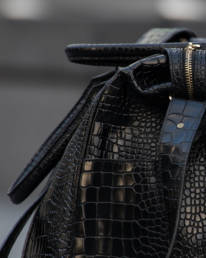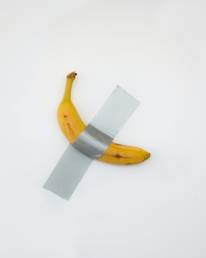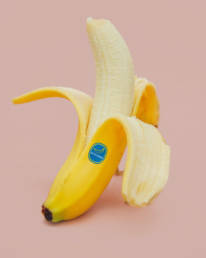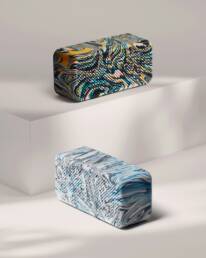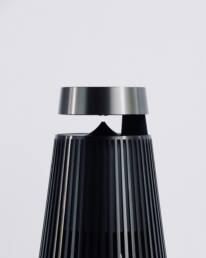The Busiest Season
The quote coined by British designer, Vivienne Westwood: “Buy less, choose well, make it last” rings true as we enter the busiest shopping season of the year. When it comes to Black Friday, we are faced with continued pressure to follow suit with what has expanded from a single day into a mecca for consumerism. Historically, the holiday was regarded as a marker for the beginning of the Christmas shopping season dating back to the early 1950’s. Today, retailers have expanded it into a week-long event and in some ways diluting the day itself as the key sales driver. Consumers anticipate growing discounts leading up to the big day only to find there is no greater incentive to purchase on the Wednesday before Thanksgiving than on the Friday itself. There are mixed remarks over the relevance of Black Friday, particularly as awareness of negative social and environmental impacts of overconsumption are pushing at the forefront of commercial and cultural debate.
What is particularly unique about Westwood’s perspective is that it is rare in an industry centered around staying up to date with latest trends and a continuous loop of investing in new products to stay relevant. Fast fashion has been on the rise ever since the late 1980s and has transformed both the industry and consumer habits dramatically. A standardized industry model traditionally focussed on 2 launches per year has morphed into a Frankenstein of over 50 seasons within the fast fashion retailer rollout. The justification for this is simple: globalized consumer appetite for inexpensive answers to insecurities around relevance is an insatiable customer base that is only increasing. While demand is on the rise with global sales expected to triple by 2050, the negative impacts of the apparel industry is facing some serious criticism as it currently sits in the no. 2 spot second to oil for the largest contributor to pollution.
While it is refreshing to see this shift in mindset, there is still a ways to go when it comes to effecting change and although that needs to come from an industry standpoint, as consumers we also have a pivotal role to play in this as well. It begins with creating awareness around the products we buy and thinking about designed goods as assets that we invest in.
What we wear, sit on, eat with, search for, take care of, and fill our houses with says a lot about who we are. Consumer products are powerful, they change perception not only from those around us, but more within ourselves. It starts with a due diligence around understanding what goes into the products we consume: the manufacturing, supply chain, materials, shipment, and ethos of a brand. In a customer centric economy, we have more power than ever as the buyers to prioritize the products, services, and brands that are worth putting our money towards.
It’s an important responsibility as shoppers to develop a greater ability to decipher whether something is worth buying or not. There will always be a black T-shirt or a stunning pair of shoes. That will never change and the world will never be in shortage of beautiful things to buy. There is no urgency. Buying itself is a wonderful thing. Counterintuitive to “money doesn’t buy happiness”, we would beg to argue that money can buy some forms of bliss, happiness, and a sense of fulfillment…temporarily. The products will come and go, but it’s important to zero in effectively on the ones that will come and go far less often and rather be cherished and valued for years to come.
Invest in the products that will be valued for years to come.
What is it Made of?
- Was it ethically and sustainably produced?
- Will it stand the test of time…is it machine washable or will it disintegrate?
How Will it Give Back to Me?
- Think about your products as an investment.
- This is an asset in your portfolio of perception and personal brand: externally from other people and internally of yourself.
- Will this make you feel good about yourself?
- Will it help you achieve goals?
- Will it positively impact your life?
- How much value are you deriving from this item? Is it short-term vs. long-term?
- Will it still bring you joy after the ‘new item’ sparkle has worn off? A year from now? 2 years from now?
Why Do I Need This?
- Examine internally whether you really need it.
- Do you have something similar already?
- Will this make or break your day?
- If you don’t buy it, what will happen?
- Have you wanted it for a long time or is this an impulsive decision?
Photo: Tradlands
Coralie Myrne
Coralie Myrne is a seasoned journalist with a keen eye for sustainable fashion trends, serving as the voice of conscience for "EcoStyle Insights." Combining her love for writing with a passion for environmental advocacy, she travels the world uncovering the stories behind eco-friendly designs and the innovators shaping the industry. With a commitment to authenticity and a dedication to promoting conscious consumerism, Coralie empowers readers to make informed choices while looking effortlessly stylish.



